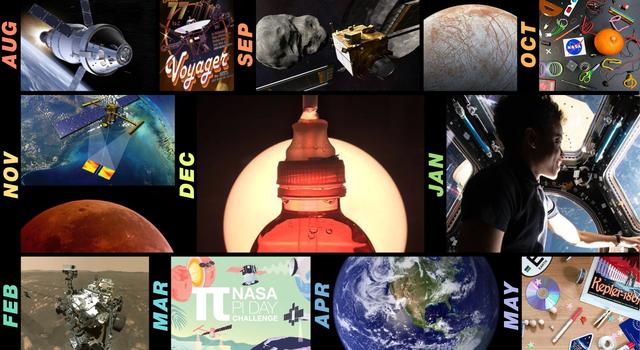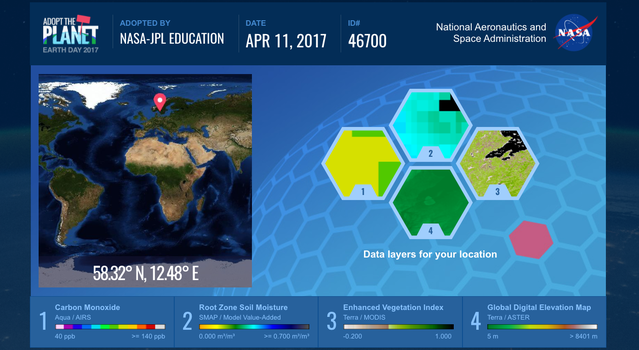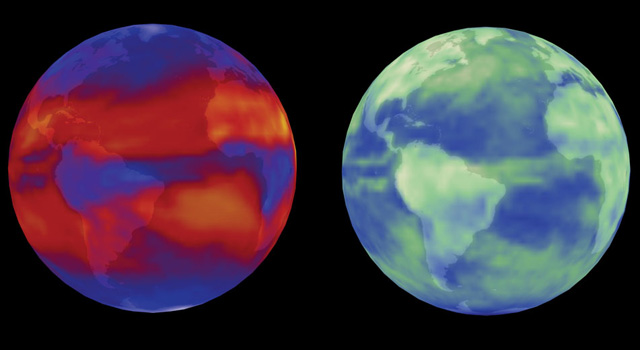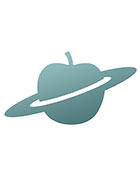Edu News | August 24, 2022
A Lesson for Every Day of the School Year
With 180 lessons in our online catalog, you can explore Earth and space with us all year long. We show you how with this handy NASA-JPL school year calendar.
We just added the 180th lesson to our online catalog of standards-aligned STEM lessons, which means JPL Education now has a lesson for every day of the school year. To celebrate and help you make the year ahead stellar, we've put together this monthly calendar of upcoming NASA events along with links to our related lessons, Teachable Moments articles, and student projects you can use to engage students in STEM while they explore Earth and space with us all year long.
August
The Voyagers Turn 45
The twin Voyager spacecraft launched in 1977 on a journey to explore the outer planets and beyond – and they're still going. Now more than 12 billion miles (19 billion kilometers) from Earth in a region known as interstellar space, they're the most distant human-made objects in space.
Get a primer on these fascinating spacecraft from Teachable Moments, then use it as a jumping off point for lessons on the scale, size, and structure of our solar system and how we communicate with distant spacecraft.
Lessons & Resources:
-
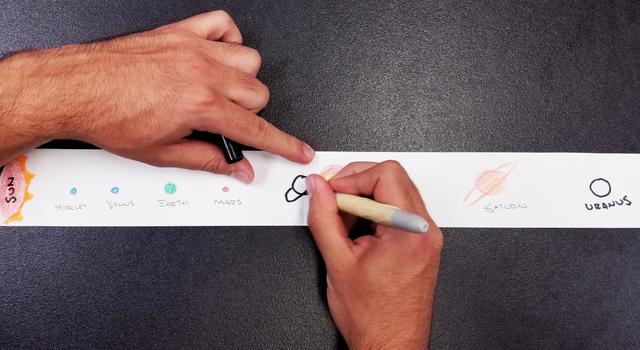 Collection
CollectionVoyager Lessons for Educators
Explore the science behind NASA's Voyager spacecraft with this collection of standards-aligned STEM lessons.
-
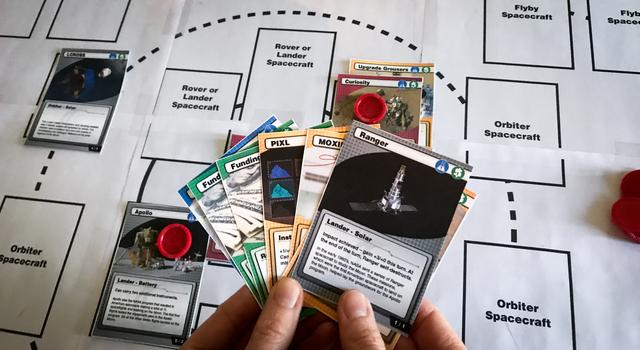 Collection
CollectionVoyager Activities for Students
These DIY projects, slideshows, and videos will get students exploring the science behind NASA's Voyager spacecraft.
-
 Teachable Moments
Teachable MomentsThe Farthest Operating Spacecraft, Voyagers 1 and 2, Still Exploring
The twin spacecraft launched in 1977 on an epic journey through the solar system and beyond offer lessons in what it takes to travel farther than ever before.
-
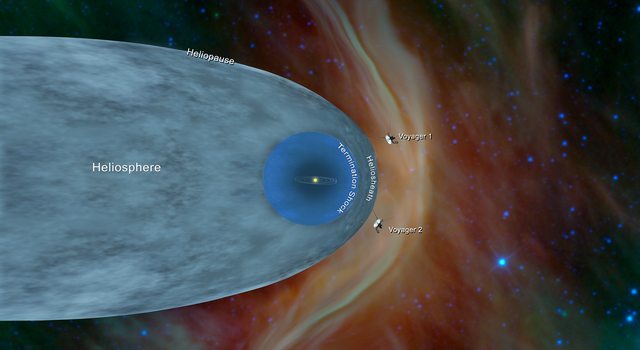 Teachable Moments
Teachable MomentsThen There Were Two: Voyager 2 Reaches Interstellar Space
Find out how the twin Voyager spacecraft took advantage of a rare planetary alignment to embark on a journey no spacecraft had before – or has since.
September
Rendezvous with an Asteroid
A distant asteroid system 6.8 million miles (11 million kilometers) from Earth was the site of NASA's first attempt at redirecting an asteroid. On September 26, the Double Asteroid Redirection Test, or DART, mission impacted the asteroid Dimorphos in an attempt to alter its speed and path around a larger asteroid known as Didymos. Dimorphos and Didymos do not pose a threat to Earth, which makes them a good proving ground for testing whether a similar technique could be used to defend Earth against potential impacts by hazardous asteroids in the future.
Get a primer on the DART mission and find related resources for the classroom in this article from our Teachable Moments series. Plus, explore our collection of standards-aligned lessons and activities all about asteroids to get students learning about different kinds of space rocks, geology, and meteoroid math.
Lessons & Resources:
-
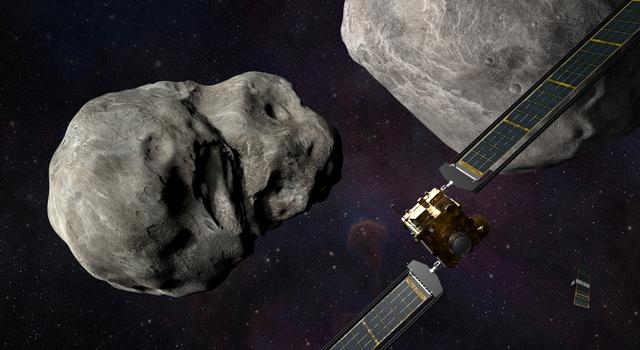 Teachable Moments
Teachable MomentsThe Science Behind NASA's First Attempt at Redirecting an Asteroid
Find out more about the historic first test, which could be used to defend our planet if a hazardous asteroid were discovered. Plus, explore lessons to bring the science and engineering of the mission into the classroom.
-
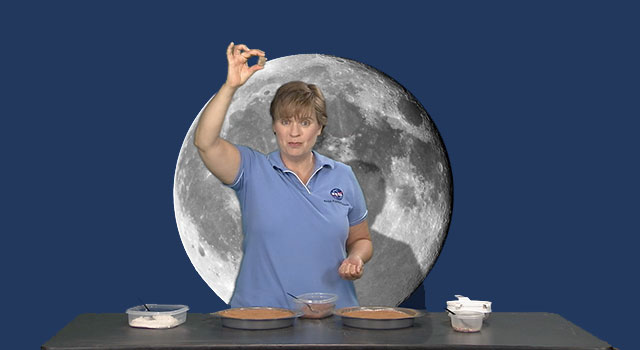 Collection
CollectionAsteroids Lessons for Educators
Explore a collection of standards-aligned lessons all about asteroids and craters.
-
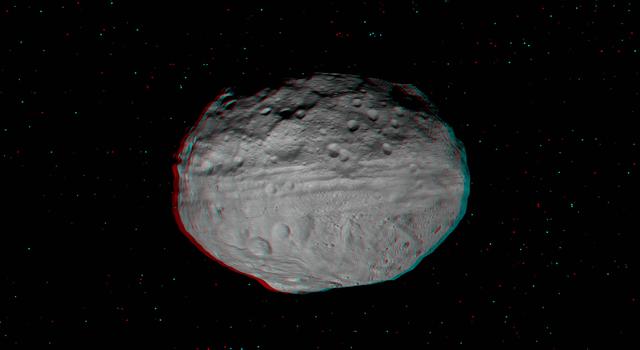 Collection
CollectionAsteroids Actvities for Students
Explore projects, videos, slideshows, and games for students all about asteroids.
A Closer Look at Europa
Just a few days later, on September 29, the Juno spacecraft that had been orbiting Jupiter since 2016 captured the closest views of Jupiter’s moon Europa in more than 20 years. The ice-covered moon is thought to contain a subsurface liquid-water ocean, making it an exciting new frontier in our search for life beyond Earth. NASA's Europa Clipper mission, which is scheduled to launch in 2024 is designed to study the moon in more detail. But until Europa Clipper arrives at the Jovian system in 2030, these observations from Juno are our best chance to get a closer look at this fascinating moon.
Learn more about Europa and why it is interesting to scientists in this talk from our Teaching Space With NASA series featuring a Europa Clipper mission scientist. Then, explore our Ocean Worlds Lesson Collection for ideas on making classroom connections.
Lessons & Resources:
-
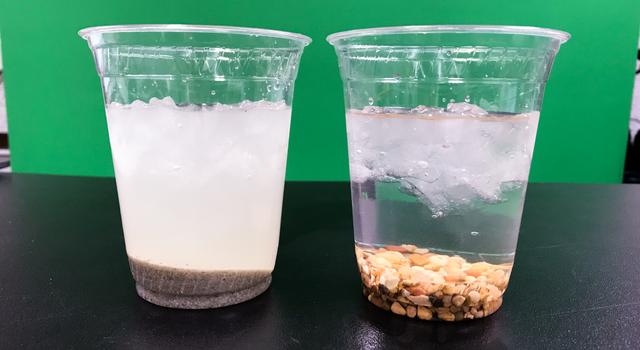 Collection
CollectionOcean Worlds Lessons for Educators
Explore a collection of standards-aligned STEM lessons all about ocean worlds throughout our solar system.
-
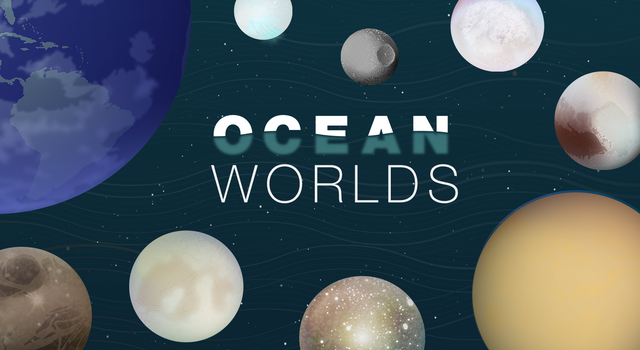 Collection
CollectionOcean Worlds Actvities for Students
Learn about the ocean worlds throughout our solar system with these science and engineering activities for students.
-
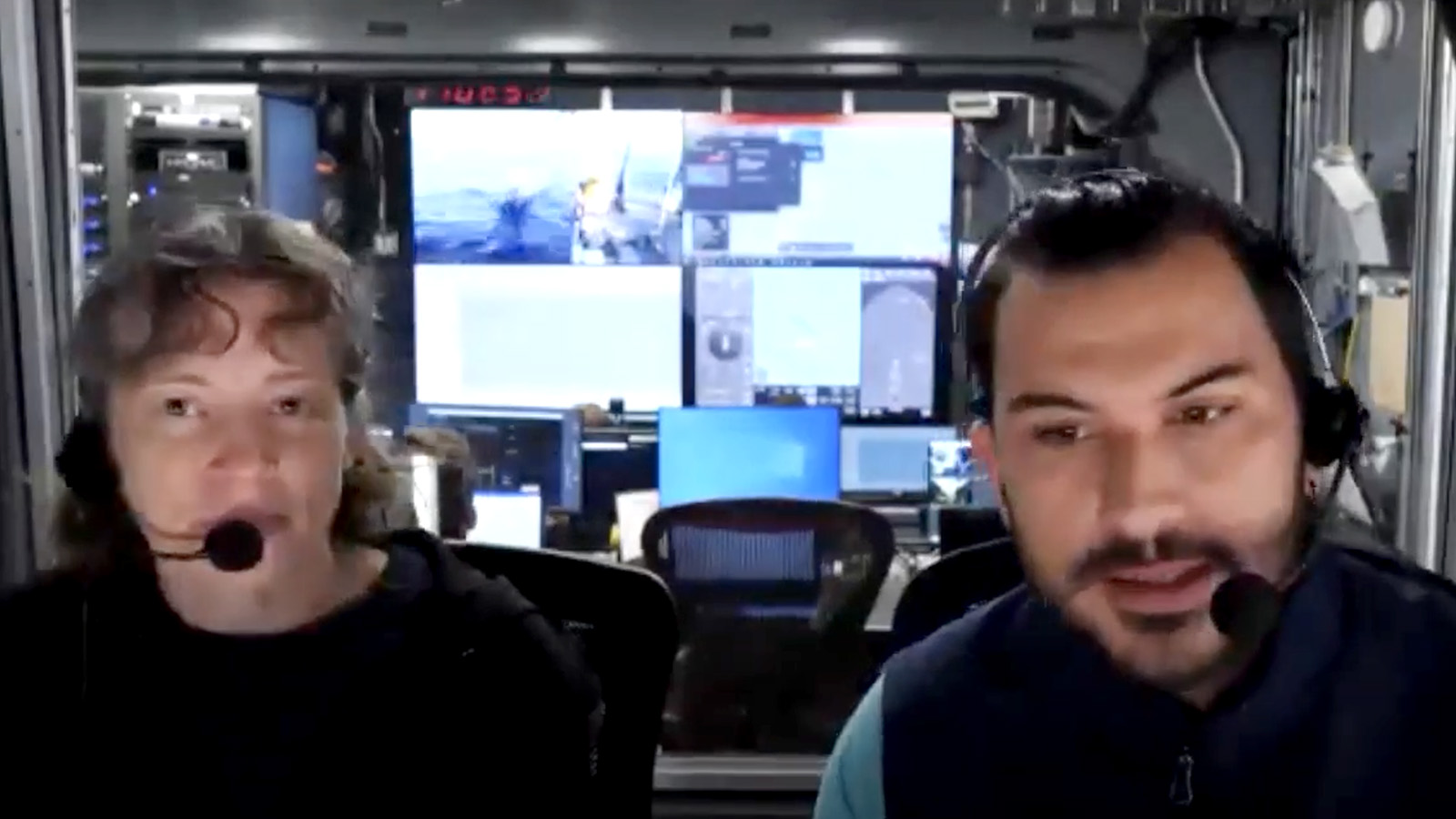 Expert Talk
Expert TalkTeaching Space With NASA – Robotic Oceanographers
Hear from scientists exploring Earth's oceans and learn about how we use robotic explorers to collect data on how our oceans are changing as well as explore ocean worlds beyond Earth.
October
Celebrate Halloween Like a Space Explorer
The month of October is the perfect time to get students exploring our STEM activities with a Halloween twist. Students can learn how to carve a pumpkin like a JPL engineer, take a tour of mysterious locations throughout the solar system, and dig into the geology inside their Halloween candy.
October 31 is also JPL's 86th birthday, which makes October a great time to learn more about JPL history, including the team of female mathematicians known as "human computers" who performed some of the earliest spacecraft-tracking calculations and the Laboratory's role in launching the first U.S. space satellite.
Lessons & Resources:
-
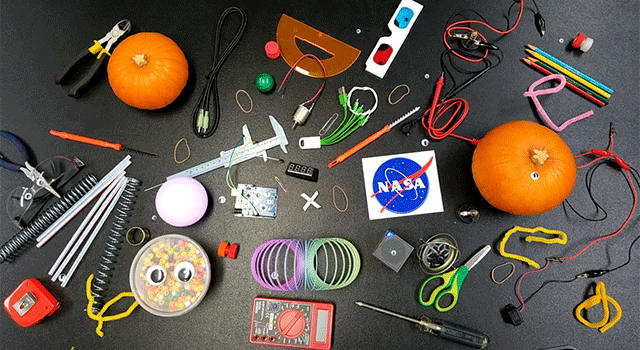 Collection
CollectionHalloween Actvities for Students
Explore student projects and slideshows that put a Halloween twist on STEM.
-
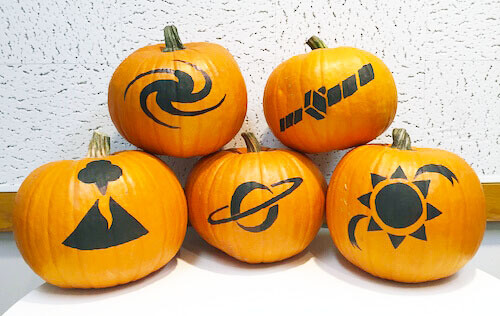 Project for Kids
Project for KidsPumpkin Stencils
Celebrate the fall season and Halloween by making your very own space-themed pumpkins with these easy-to-use stencils from NASA's Space Place!
-
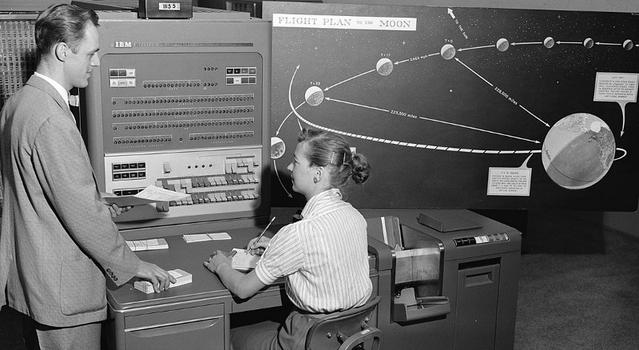 Teachable Moments
Teachable MomentsWhen Computers Were Human
Learn about the important but little-known role women played in the early days of space exploration, then try a math lesson inspired by their work.
-
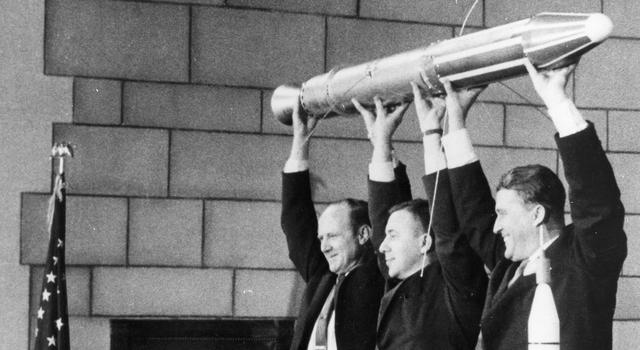 Teachable Moments
Teachable MomentsExplorer 1 Anniversary Marks 60 Years of Science in Space
The fascinating history of America’s first space satellite serves as a launching point for lessons in engineering design, motion and flight, and Earth science.
November
Watch a Total Lunar Eclipse
Look up in the early morning hours of November 8 to watch one of the most stunning spectacles visible from Earth: a total lunar eclipse. This one will be viewable in North and South America, as well as Asia and Australia.
Learn more about lunar eclipses and how to watch them from our Teachable Moments series. Then, get students of all ages outside and observing the Moon with lessons on moon phases and the hows and whys of eclipses. Students can even build a Moon calendar so they always know when and where to look for the next eclipse.
Lessons & Resources:
-
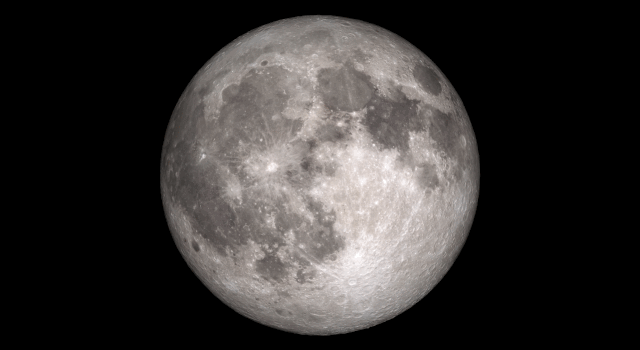 Teachable Moments
Teachable MomentsHow to Watch a Total Lunar Eclipse and Get Students Observing the Moon
There’s no better time to learn about the Moon than during a lunar eclipse. Here’s how eclipses work, what to expect, and how to get students engaged.
-
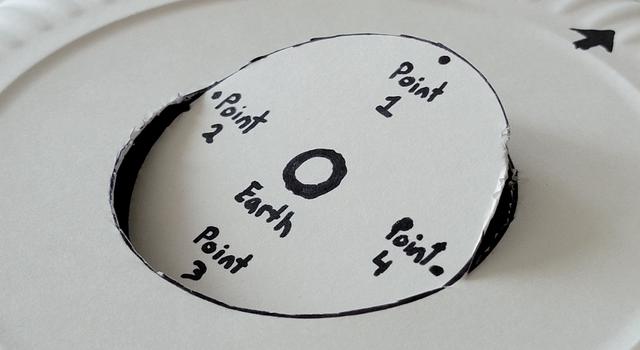 Collection
CollectionMoon Lessons for Educators
Teach students about the Moon with this collection of standards-aligned activities inspired by real NASA missions and science.
-
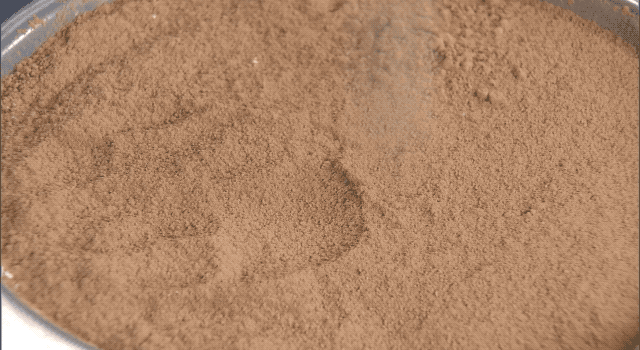 Collection
CollectionMoon Activities for Students
Learn all about the Moon with these projects, slideshows, and videos for students.
Artemis Takes a Giant Leap
NASA is making plans to send astronauts back to the Moon for the first time since 1972 – this time to establish a sustainable presence and prepare for future human missions to Mars. The first major step is Artemis I, which is testing three key components required to send astronauts beyond the Moon: the Orion spacecraft, the Space Launch System, or SLS, rocket and the ground systems at Kennedy Space Center in Florida. The uncrewed Artemis I mission marks the first test of all three components at once.
Get your K-12 students following along with lessons in rocketry and what it takes to live in space. Plus, register to follow along with the mission with resources and updates from NASA's Office of STEM Engagement.
Lessons & Resources:
-
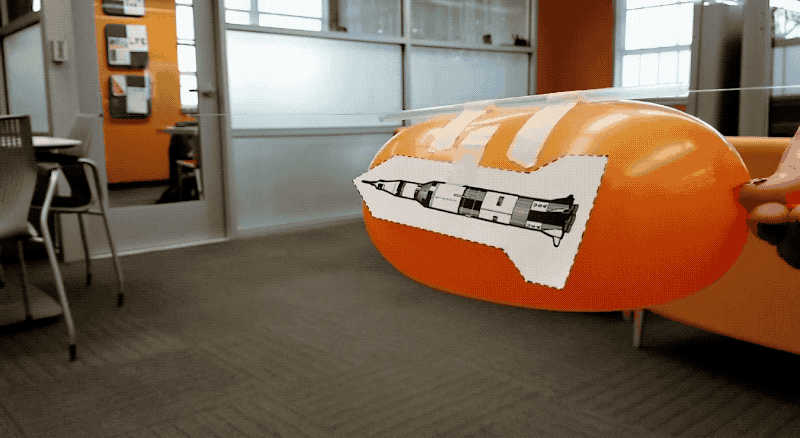 Collection
CollectionArtemis Lessons for Educators
Get students engaged in NASA's Artemis Program with STEM lessons all about the Moon, rockets, space habitats, and more
-
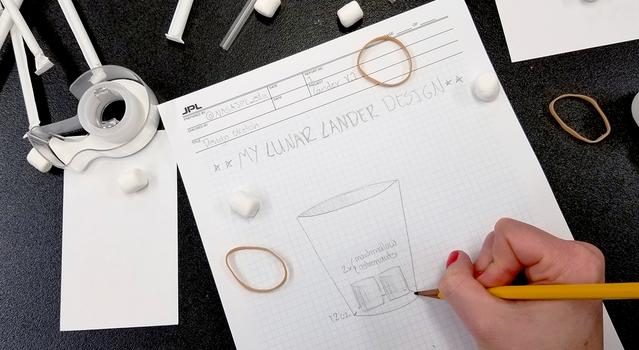 Collection
CollectionArtemis Activities for Students
These STEM projects and activities for students will get them exploring the Moon, rockets, space flight and other facets of NASA's Artemis Program.
-
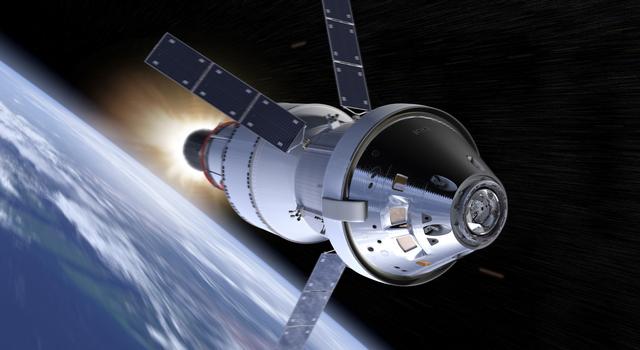 Public Event
Public EventJoin NASA Online for Artemis I
Register to receive updates and resources related to Artemis I – the first in a series of Artemis Program missions designed to establish a sustainable human presence on the Moon and prepare for future human missions to Mars.
-
 Educator Resources
Educator ResourcesArtemis Toolkit
Explore Artemis resources for educators and students from NASA's Office of STEM Engagement.
-
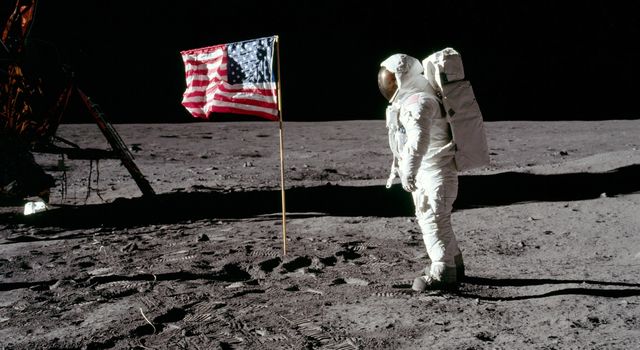 Teachable Moments
Teachable MomentsCelebrate the 50th Anniversary of NASA's Apollo Moon Landing
Explore the incredible history of the Apollo missions and find out what's in store for NASA's next mission to the Moon.
December
Satellite Launches on a Mission to Follow the Water
As crucial as water is to human life, did you know that no one has ever completed a global survey of Earth’s surface water? That is about to change with the launch of the SWOT mission. SWOT, which stands for Surface Water Ocean Topography, will use a state-of-the-art radar to measure the elevation of water in major lakes, rivers, wetlands, and reservoirs. It will also provide an unprecedented level of detail on the ocean surface. This data will help scientists track how these bodies of water are changing over time and improve weather and climate models.
Engage your students in learning about Earth’s water budget and how we monitor Earth from space with these lessons. And be sure to check out our Teachable Moments article for more about the SWOT mission and the science of our changing climate.
-
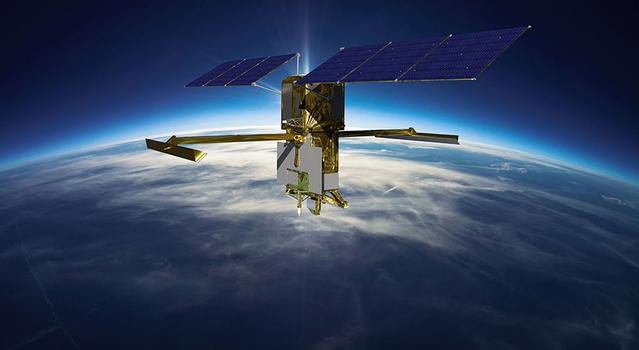 Teachable Moments
Teachable MomentsNASA Mission Takes a Deep Dive Into Earth's Surface Water
Explore how and why the SWOT mission will take stock of Earth's water budget, what it could mean for assessing climate change, and how to bring it all to students.
-
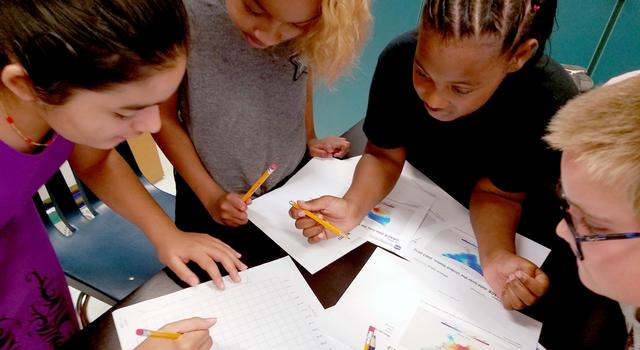 Collection
CollectionSWOT Lessons for Educators
Explore the science and engineering behind the SWOT mission with this collection of standards-aligned lessons all about water.
-
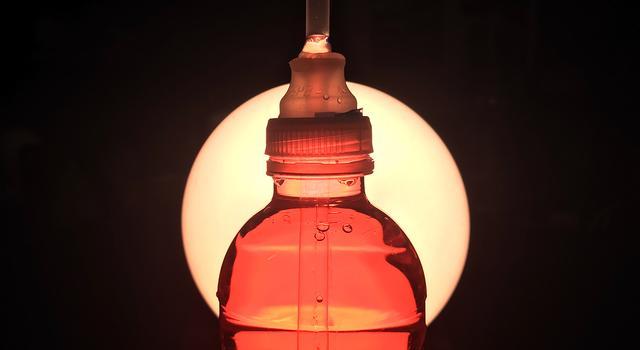 Collection
CollectionSWOT Actvities for Students
Explore projects, videos, slideshows, and games for students all about the water cycle and sea level rise.
Prepare for the Science Fair
Before you know it, it'll be science fair time. Avoid the stress of science fair prep by getting students organized and thinking about their projects before the winter recess. Start by watching our video series How to Do a Science Fair Project. A scientist and an engineer from JPL walk your students through all the steps they will need to create an original science fair project by observing the world around them and asking questions. You can also explore our science fair starter pack of lessons and projects to get students generating ideas and thinking like scientists and engineers.
Lessons & Resources:
-
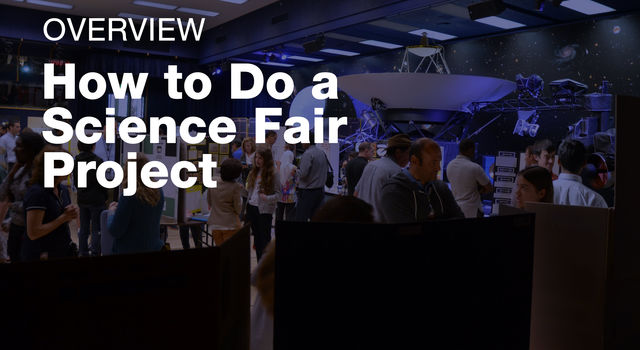 Video Series
Video SeriesHow to Do a Science Fair Project
Learn all the ins and outs of crafting your very own science fair project.
-
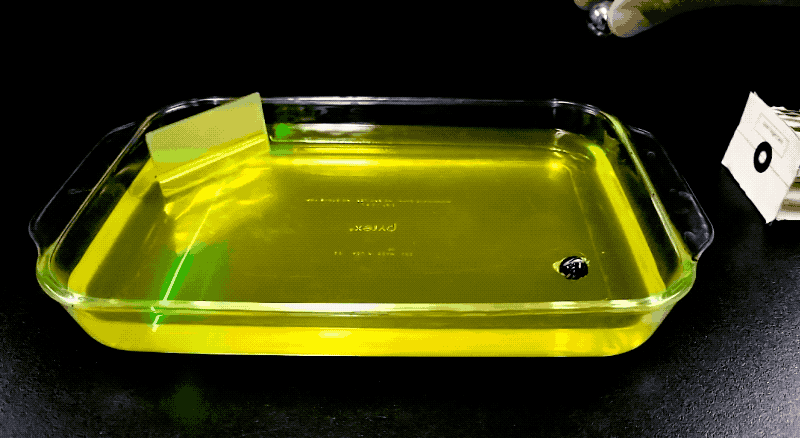 Collection
CollectionScience Fair Lessons for Educators
Teach students how to craft their own science and engineering fair project with these video tutorials and lessons featuring NASA missions and science.
-
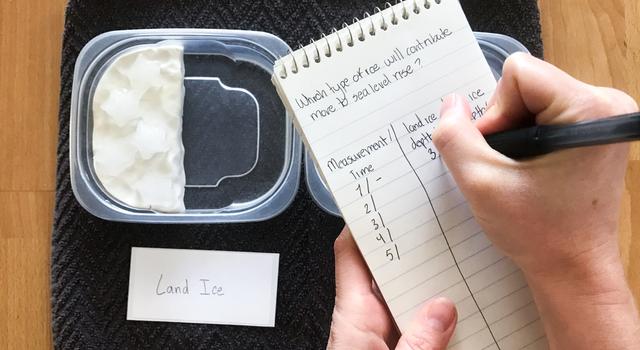 Collection
CollectionScience Fair Activities for Students
Learn how to design a science and engineering fair project and get inspired with our catalog of student projects featuring NASA missions and science.
January
Explore STEM Careers
January is the time when many of us set goals for the year ahead, so it's the perfect month to get students exploring their career goals and opportunities in STEM. Students can learn more about careers in STEM and hear directly from scientists and engineers working on NASA missions in our Teaching Space video series. Meanwhile, our news page has more on what it takes to be a NASA astronaut and what it's like to be a JPL intern.
For students already in college and pursuing STEM degrees, now is the time to start exploring internship opportunities for the summer. The deadline for JPL summer internships is in March, so it's a good idea to refresh your resume and get your application started now. Learn how to stand out with this article on how to get an internship at JPL – which also includes advice for pre-college students.
Resources:
-
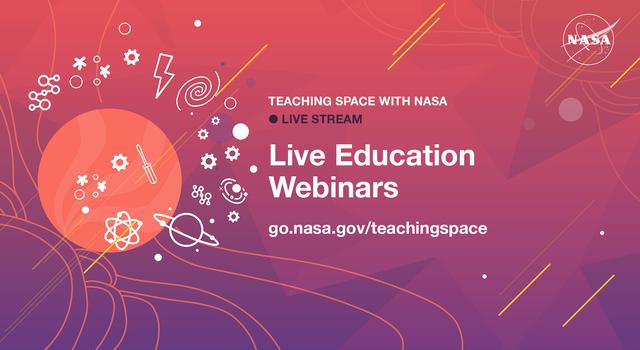 Expert Talks
Expert TalksTeaching Space With NASA
Hear from experts and education specialists about the latest missions and science happening at NASA and get your questions answered.
-
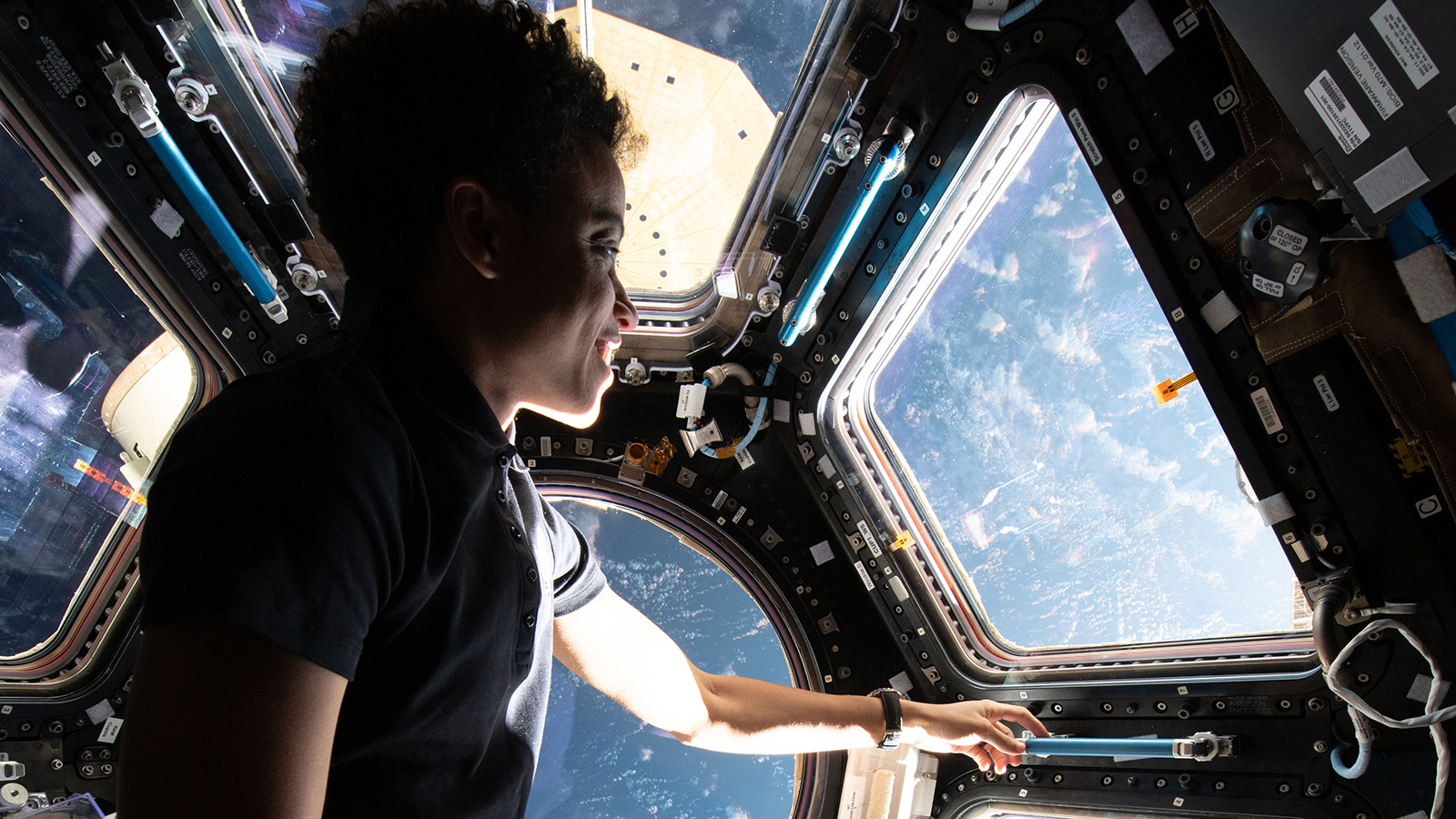 Articles
ArticlesCareer Guidance
Get advice from scientists, engineers and educators about what it takes to work in science, technology, engineering and mathematics fields and how to get a foot in the door.
-
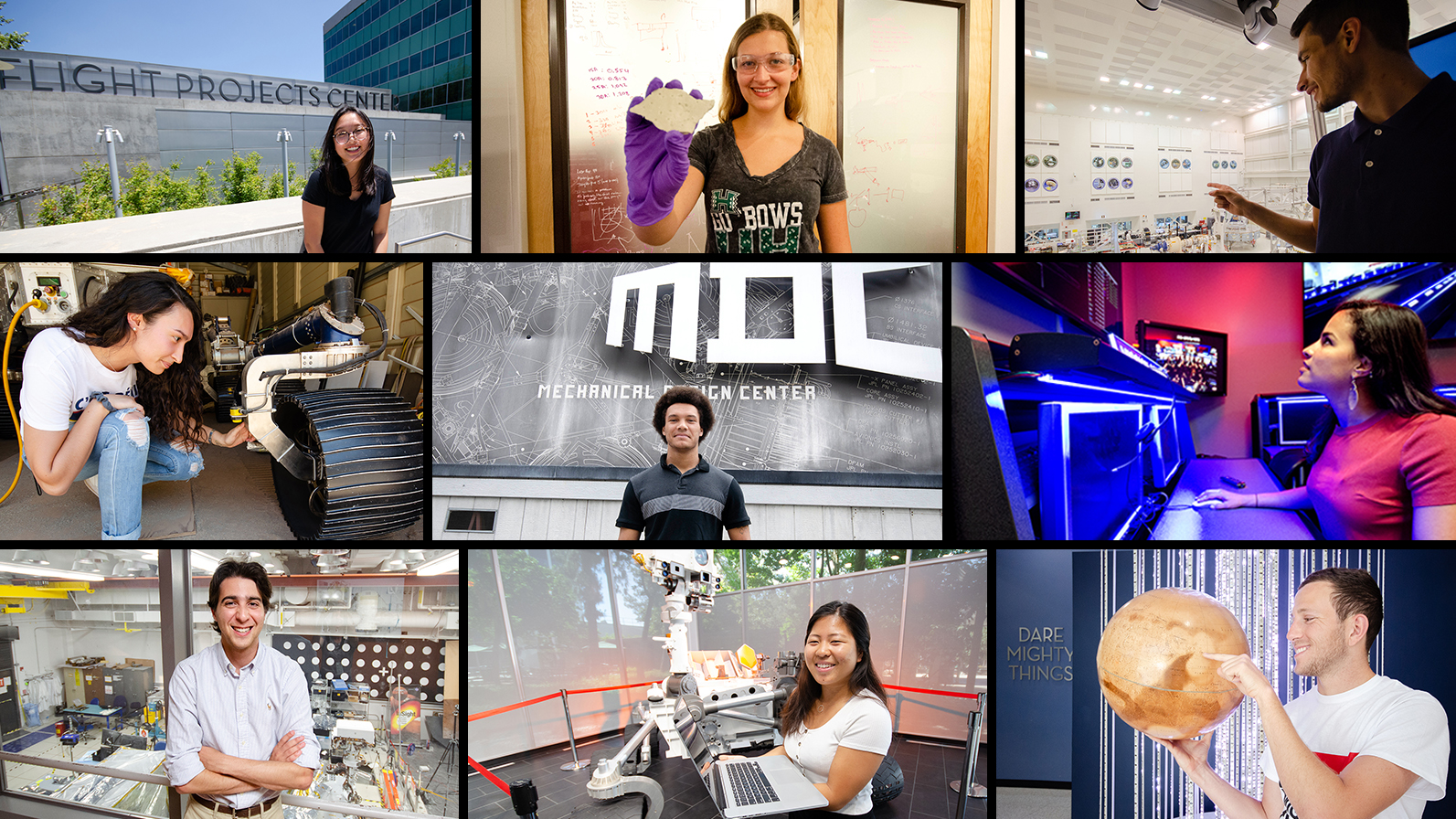 Articles
ArticlesMeet JPL Interns
These interns are pushing the boundaries of space exploration and science at the leading center for robotic exploration of the solar system.
-
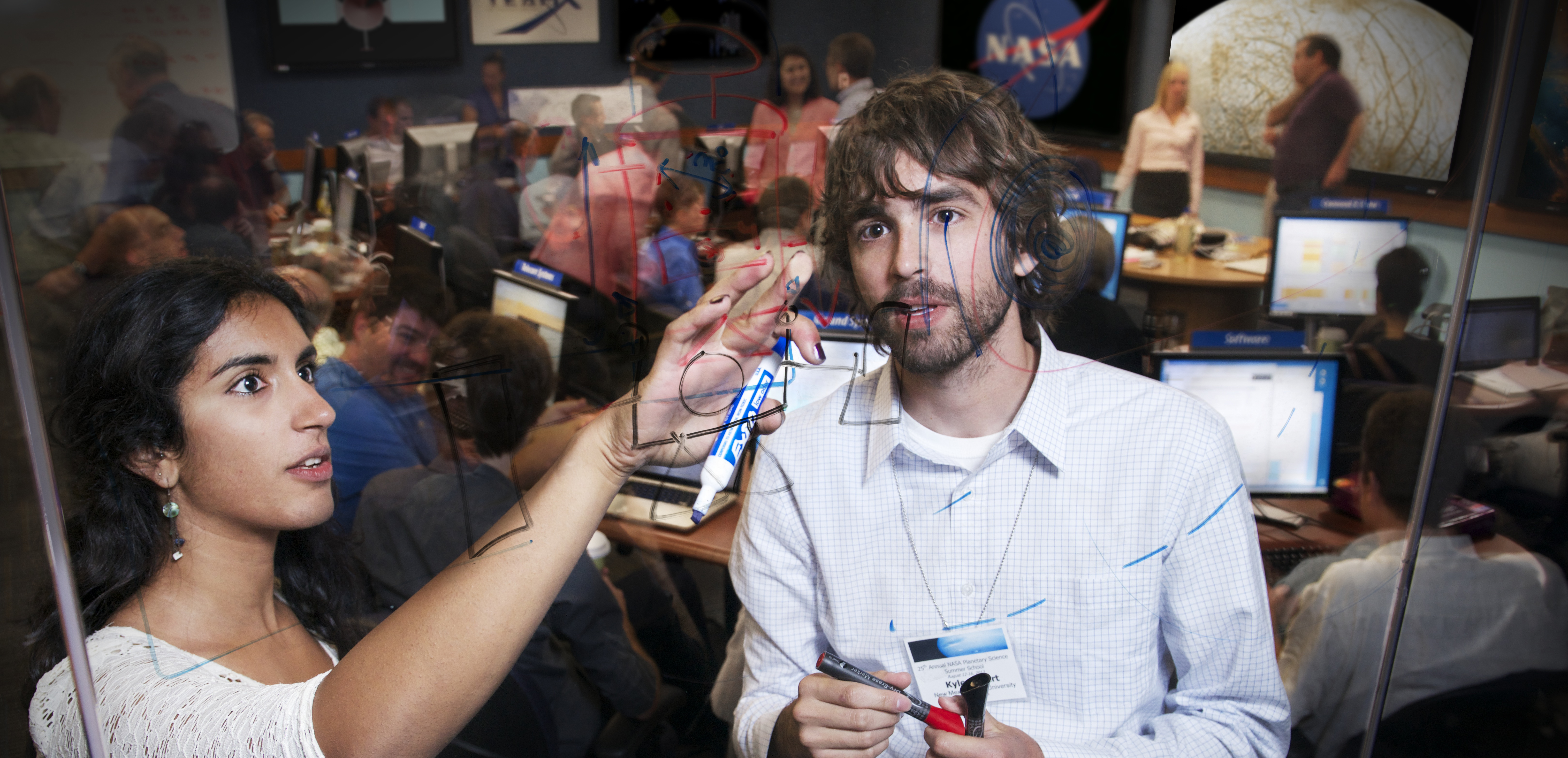 Opportunities
OpportunitiesJPL Internships and Fellowships
Discover exciting internships and research opportunities at the leading center for robotic exploration of the solar system.
-
 Opportunities
OpportunitiesJPL Jobs: Opportunities for Students
Start here to learn more about internship, fellowship, and postdoc opportunities at JPL and how to apply.
-
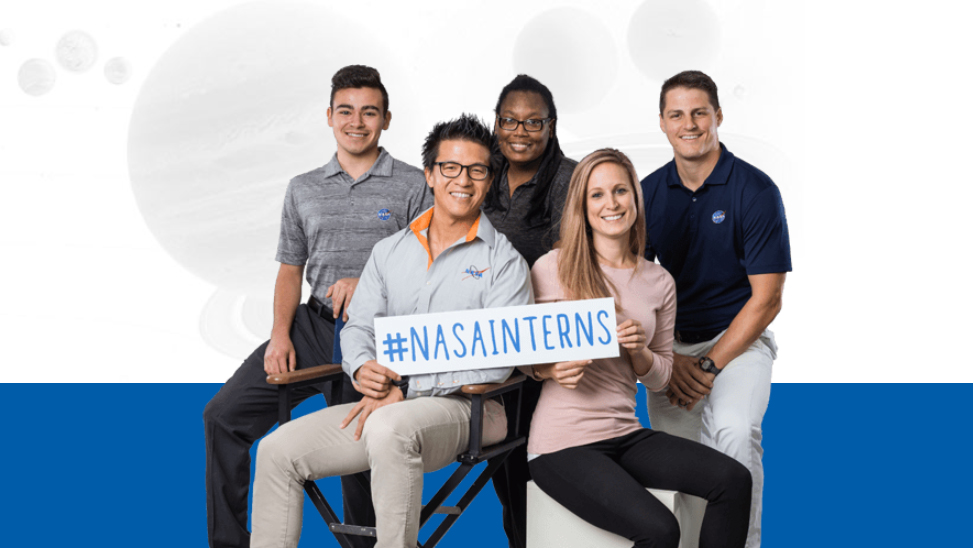 Opportunities
OpportunitiesNASA Internships
Learn about internship opportunities at NASA centers across the U.S., and apply today!
February
Mars Rover Celebrates 2-Year 'Landiversary'
NASA's Perseverance Mars rover celebrates its "landiversary" on February 18, which marks two years since the rover made its nail-biting descent on the Red Planet. The rover continues to explore Jezero Crater using science tools to analyze rocks and soil in search of signs of ancient microbial life. As of this writing, the rover has collected twelve rock core samples that will be sent to Earth by a future mission. Perseverance even witnessed a solar eclipse! Meanwhile, the Ingenuity Mars helicopter, which the rover deployed shortly after landing, has gone on to achieve feats of its own.
The Mission to Mars Student Challenge is a great way to get students of all ages exploring STEM and the Red Planet right along with the Perseverance rover. The challenge includes seven weeks of education content that can be customized for your classroom as well as education plans, expert talks, and resources from NASA.
Lessons & Resources:
-
 Collection
CollectionMission to Mars Student Challenge
Get K-12 students exploring Mars with NASA scientists, engineers, and the Perseverance rover as they learn all about STEM and design their very own mission to the Red Planet!
-
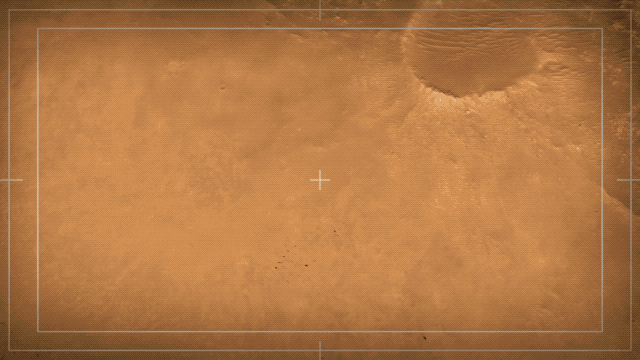 Teachable Moments
Teachable MomentsNASA's Perseverance Rover Lands on Mars
Learn how, why, and what Perseverance will explore on Mars, plus find out about an exciting opportunity for you and your students to join in the adventure!
March
Take On the Pi Day Challenge
Math teachers, pie-lovers, and pun-aficionados rejoice! March 14 is Pi Day, the annual celebration of the mathematical constant used throughout the STEM world – and especially for space exploration. This year's celebration brings the 10th installment of the NASA Pi Day Challenge, featuring four new illustrated math problems involving pi along with NASA missions and science.
Explore the full collection of pi math lessons, get students learning about how we use pi at NASA, and hear from a JPL engineer on how many decimals of pi we use for space exploration at the links below.
Lessons & Resources:
-
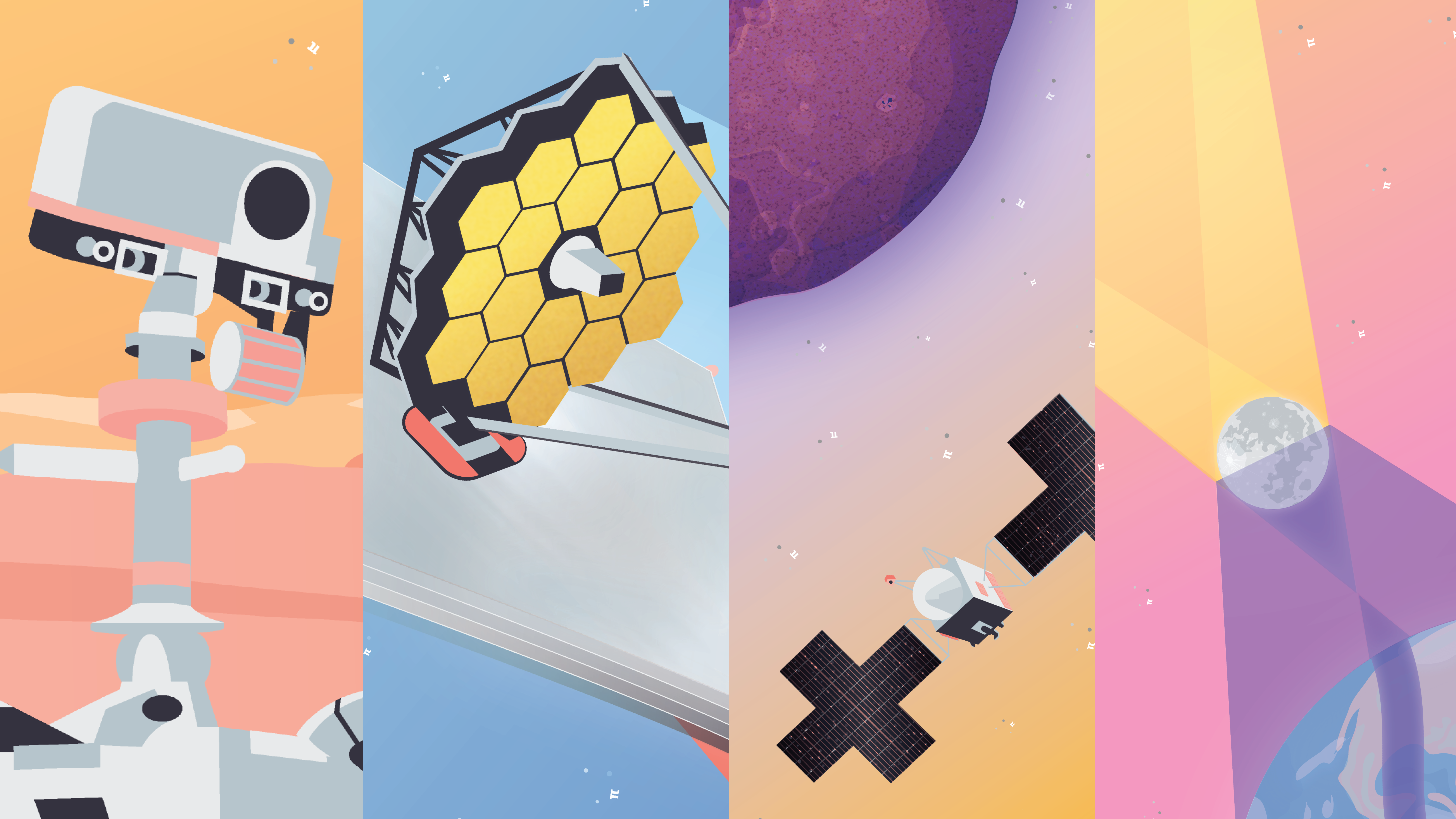 Teachable Moments
Teachable Moments10 Years of NASA's Pi Day Challenge
Learn more about pi, the history of Pi Day before, and the science behind the 2023 NASA Pi Day Challenge.
-
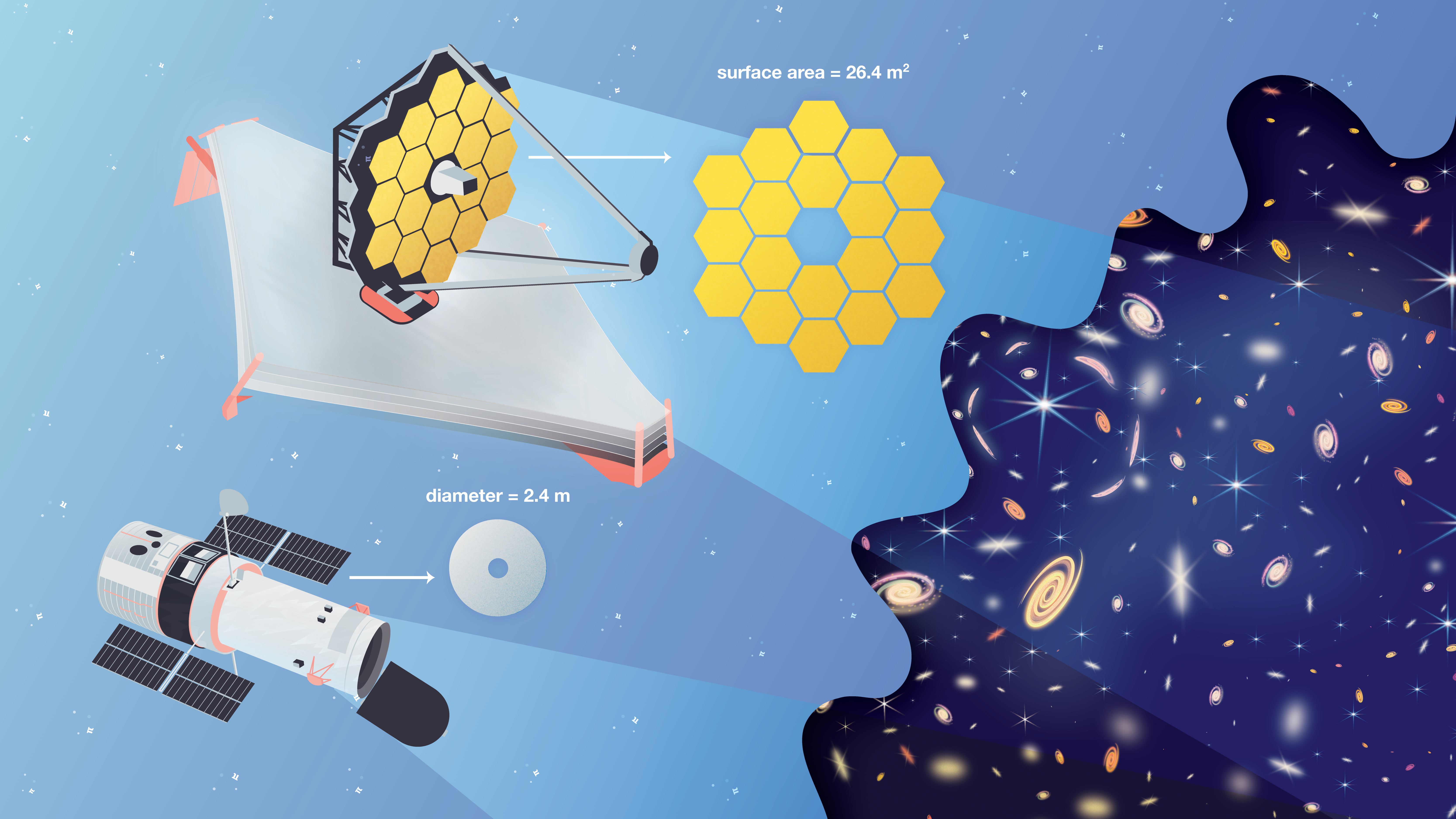 Collection
CollectionPi in the Sky Lessons
Find everything you need to bring the NASA Pi Day Challenge into the classroom, including printable handouts of each illustrated math problem.
-
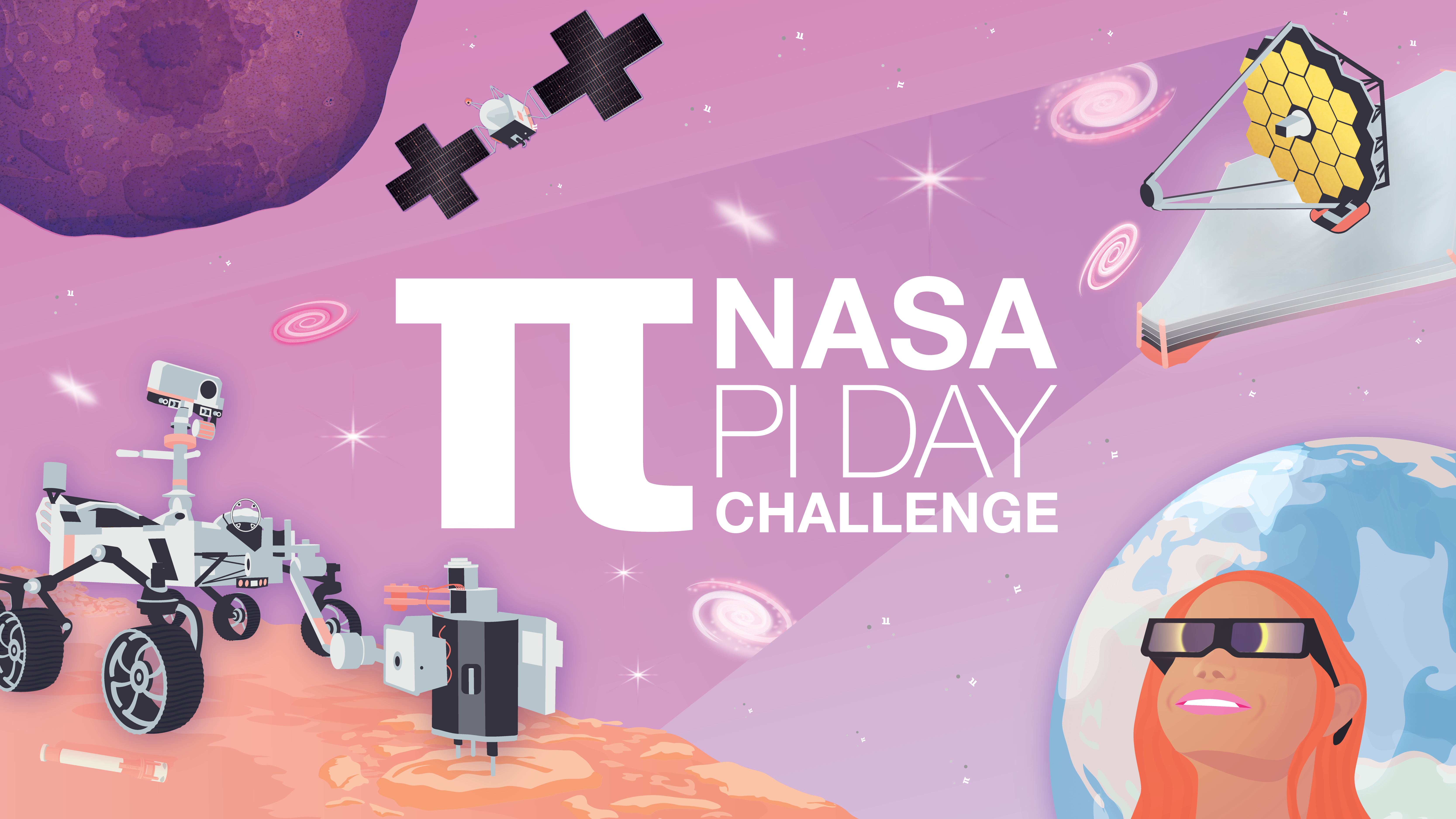 Student Project
Student ProjectNASA Pi Day Challenge
This collection of illustrated math problems gets students using pi like NASA scientists and engineers exploring Earth and space.
-
 Article
ArticleHow Many Decimals of Pi Do We Really Need?
While you may have memorized more than 70,000 digits of pi, world record holders, a JPL engineer explains why you really only need a tiny fraction of that for most calculations.
-
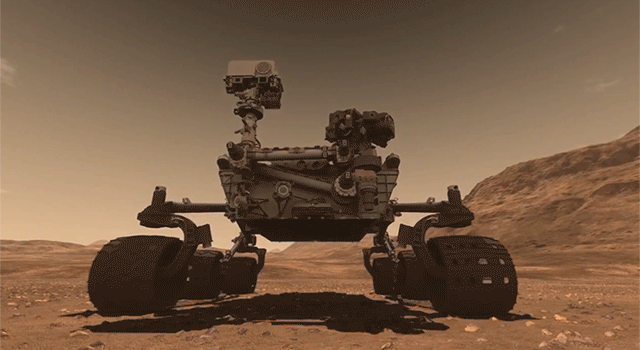 Article
Article18 Ways NASA Uses Pi
Whether it's sending spacecraft to other planets, driving rovers on Mars, finding out what planets are made of or how deep alien oceans are, pi takes us far at NASA. Find out how pi helps us explore space.
April
Celebrate Earth Day With NASA
You may not immediately think of Earth science when you think of NASA, but it's a big part of what we do. Earth Day on April 22 is a great time to explore Earth science with NASA, especially as new missions are taking to the skies to study the movements of dust, measure surface water across the planet, and track tiny land movements to better predict natural disasters.
Whether you want to focus on Earth’s surface and geology, climate change, extreme weather, or the water budget, we have an abundance of lessons, student projects and Teachable Moments to guide your way.
Lessons & Resources:
-
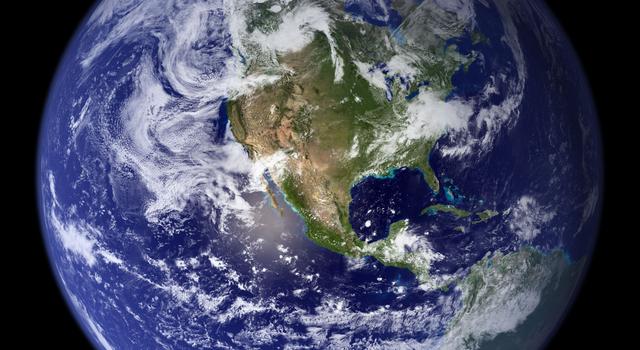 Collection
CollectionEarth Lessons for Educators
Discover a collection of standards-aligned STEM lessons all about Earth and climate change.
-
 Collection
CollectionEarth Activities for Students
Try these science and engineering projects, watch videos, and explore images all about the planet that we call home.
-
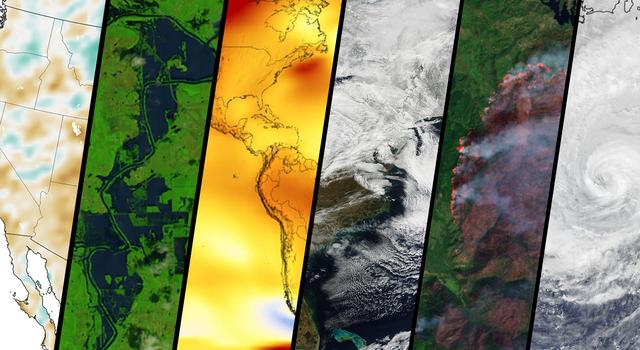 Teachable Moments
Teachable MomentsClimate Change Collection
Explore this collection of Teachable Moments articles to get a primer on the latest NASA Earth science missions, plus find related education resources you can deploy right away!
May
Summer Learning Adventures
As the school year comes to a close, send your students off on an adventure of summer learning with our do-it-yourself STEM projects. Additionally, our Learning Space With NASA at Home page and video series is a great resource for parents and families to help direct students' learning during out-of-school time.
Lessons & Resources:
-
 Student Resources
Student ResourcesSummer Activities for Students
Explore Earth and space with these hands-on projects, slideshows, videos, and more for K-12 students.
-
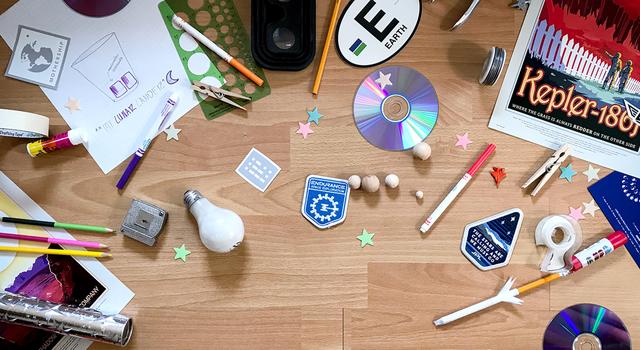 Student Resources
Student ResourcesLearning Space With NASA
Explore space and science activities you can do with NASA at home. Find video tutorials, DIY projects, slideshows, games and more!
TAGS: K-12 Education, Teachers, Students, Lessons, Resources, Projects, Events, Artemis, Voyager, DART, Asteroids, Europa, Ocean Worlds, Halloween, History, Earth, Climate, SWOT, Lunar Eclipse, Science Fair, Career Advice, Mars, Perseverance, Pi Day, Earth Day, Summer STEM
Teachable Moments | April 12, 2017
Celebrate Earth Day with NASA Science Data
NASA uses a fleet of satellites and science instruments to study our changing climate. Here’s how students can use that NASA data to do Earth science of their own.
In the News
Earth Day, the day set aside each year to celebrate our planet and bring attention to the natural world, is celebrated each year on April 22. On Earth Day, people around the globe participate in events that draw attention to what we know about Earth, how it is changing, and how we can be kind to our home planet.
One of the ways that NASA participates – not just on Earth Day, but also year-round – is by collecting and analyzing science data from sensors on Earth and satellites. These data allow us to monitor the health of our planet and better understand how and why it is changing.
This year, to highlight the importance of these data, NASA is inviting people to “adopt” a portion of Earth’s surface and obtain a snapshot of some of the satellite data available for their adopted location. Even though you’ll have no legal or ownership rights to this region, it will be fun to learn about the various types of data available for different locations on Earth. Find out how you can participate.
How It Works
NASA’s fleet of Earth-observing satellites and airborne sensors provides us with data about such vital information as carbon dioxide, carbon monoxide, global land and sea temperature, ice, sea surface salinity, and chlorophyll – just to name a few. The satellites and sensors collect these data over time and from as many perspectives as possible, allowing us to discern trends in the data.
Learn about the fleet of NASA satellites and instruments studying Earth. | › Watch NASA's Earth Minute series
A snapshot of data is just one piece of a much larger puzzle because it only gives us an indication of what was happening at the exact moment that data was captured. Even data collected over a year has its limitations because local conditions may ebb and flow over longer time periods. Collecting data about multiple elements of the Earth system over decades or centuries enables us to develop correlation and causation models, powerful indicators of why trends are developing as they are. And using multiple platforms (satellite, aerial, Earth-based) to measure data enables us to validate our data sets.
Why It’s Important
Humans are dependent on a healthy and functioning Earth to survive, which means we need to keep a close eye on all Earth systems and our impacts on those systems. This process of collecting data over time from multiple perspectives, discerning trends and validating the data is crucial to understanding our planet and helping policymakers formulate actions we can take to preserve Earth for future generations.
Learn why NASA studies Earth in this one-minute video. | › Watch NASA's Earth Minute series
Teach It
First, introduce students to the kinds of data scientists use to study Earth. Participate in NASA’s Adopt the Planet campaign to receive a snapshot of Earth science data for one patch of Earth. Then encourage students to dig deeper with these standards-aligned lessons:
- *NEW* Lesson: Earth Science Data Visualizations – How to Read a Heat Map – Students learn to read, interpret and compare “heat map” representations of Earth science data.
- Lesson: Graphing Sea Level Trends – In this activity, students will use sea-level rise data to create models and compare short-term trends to long-term trends. They will then determine whether sea-level rise is occurring based on the data.
- Lesson: Graphing Global Temperature Trends – Students use global temperature data to create models and compare short-term trends to long-term trends.
- Lessons in Sea Level Rise – What is sea-level rise and how does it affect us? This "Teachable Moment" looks at the science behind sea-level rise and offers lessons and tools for teaching students about this important climate topic.
Explore More
- Earth Science Lessons
- NASA Eyes on the Earth
- NASA’s Earth Observatory
- NASA’s Worldview
- Earth Vital Signs
- Earth Minute Videos
TAGS: Earth Day, Climate Change, Earth Science, Lessons, Activities, K-12, Teaching, Earth, Sea Level Rise, Climate TM
Edu News | April 21, 2011
Earth Day Chat for Students
Watch this 30-minute video chat where a NASA/JPL scientist answered pre-submitted student questions about Earth and climate.




